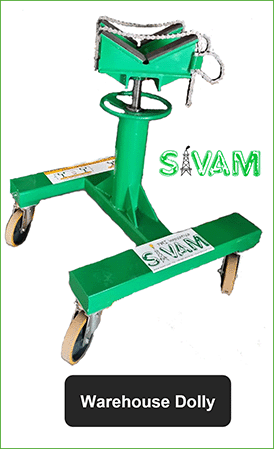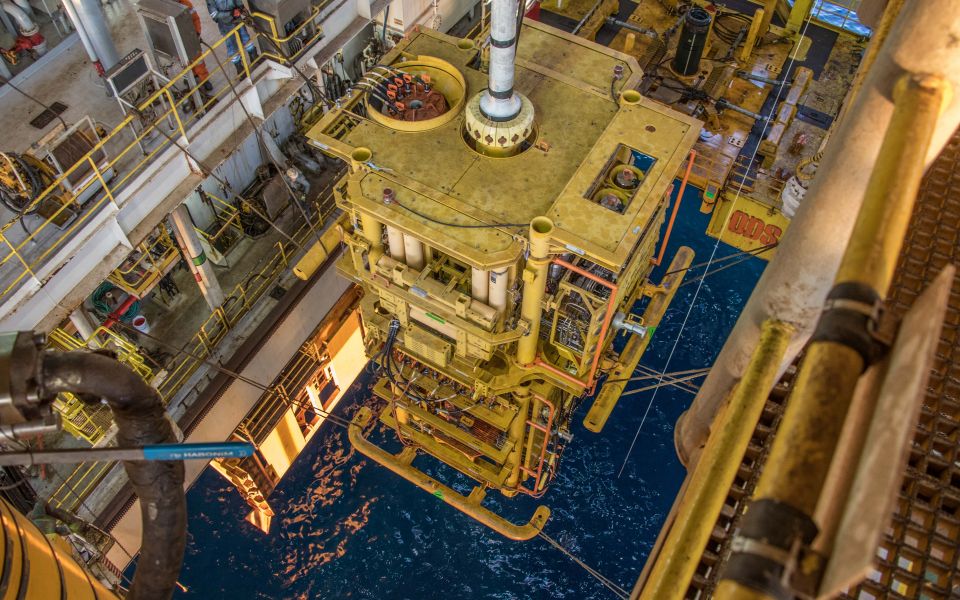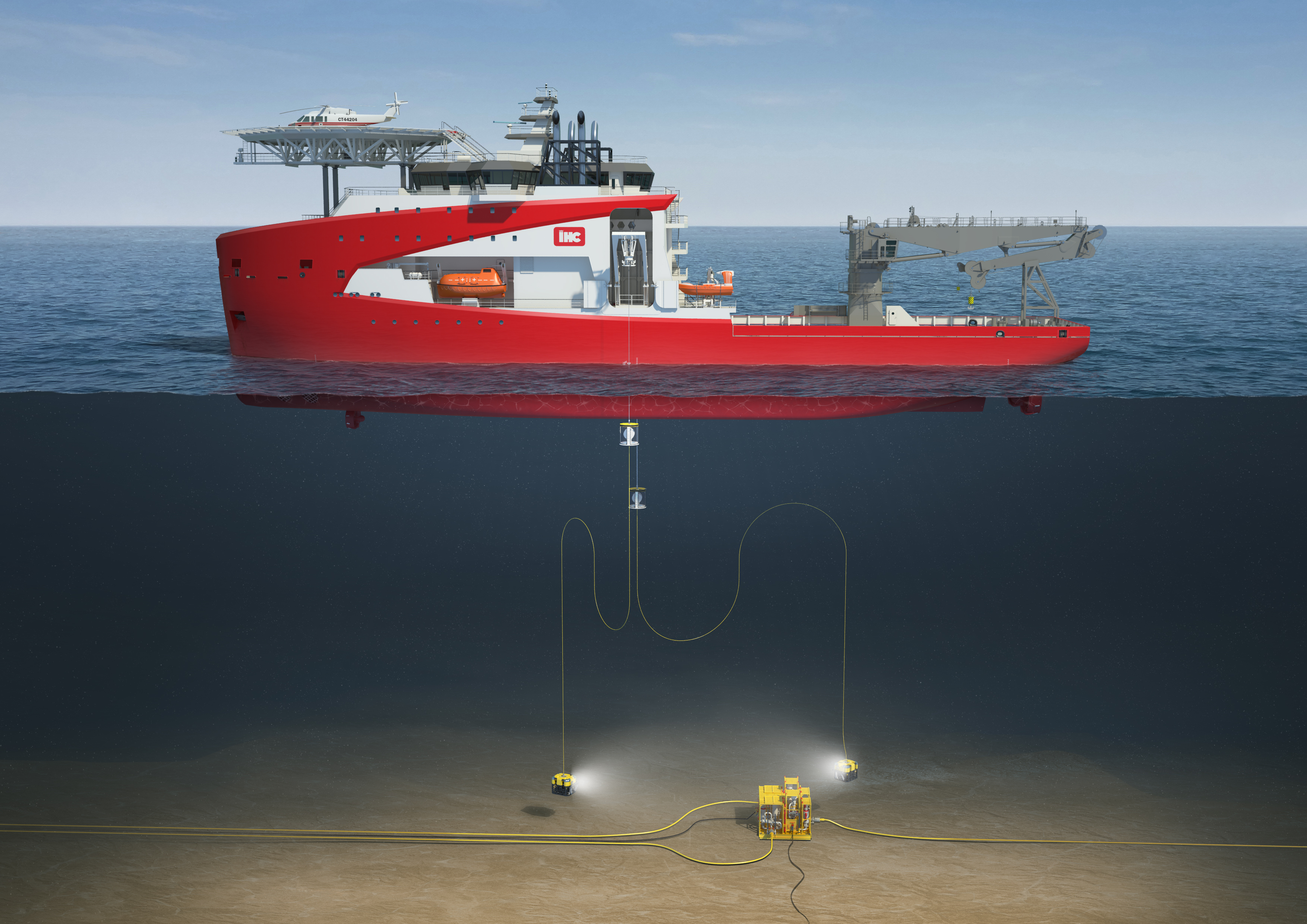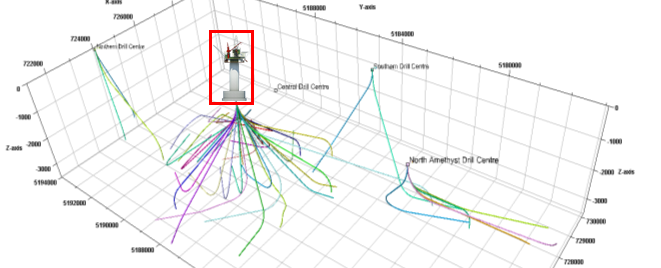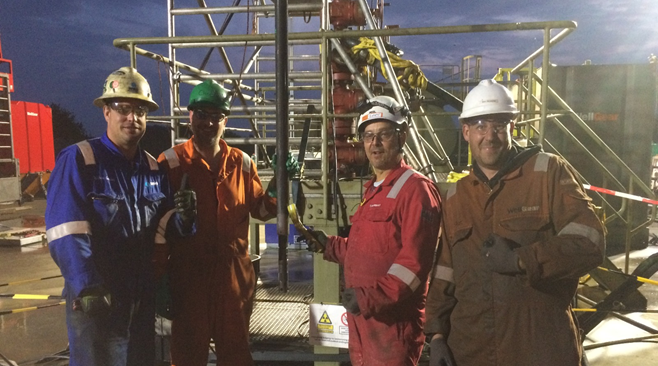
Slickline vs. Coiled Tubing
Well interventions can be highly profitable and there are a number of tools to use. Slickline and coiled tubing are the most commonly used and flexible equipment to diagnose and remediate well issues.. Slickline is perhaps the simplest well intervention tool. It is a single strand "piano wire" that due to it's smooth surface is able to have a packing seal directly on the wire, hence the "slick" term. Slickline is in the category of wireline which includes braided and electric line which has strands of wire wrapped together, creating spaces between the strands of wire which requires grease packing to create an effective seal (and hence not "slick"). Slickline can be truck or skid mounted for use on- or offshore and lightweight units can even be transported by helicopter. The wire is wrapped on a drum and a winch is used to run the wire in and out of the well using weights on the end of the wire. A variety of tools can be run on slickline to perform mechanical actions such as setting and pulling plugs, pressure gauges, or safety valves. It is referred to as a wireline which also includes braided line and electric line. Electronic timers can be used to deploy tools using triggers and battery-powered tools. Coiled tubing is also used through tubing and consists of a continuous pipe rolled on a drum with a swivel connection allowing the coil to run "slick" through a packoff and has the advantage of being able to pump through the inside of the coil.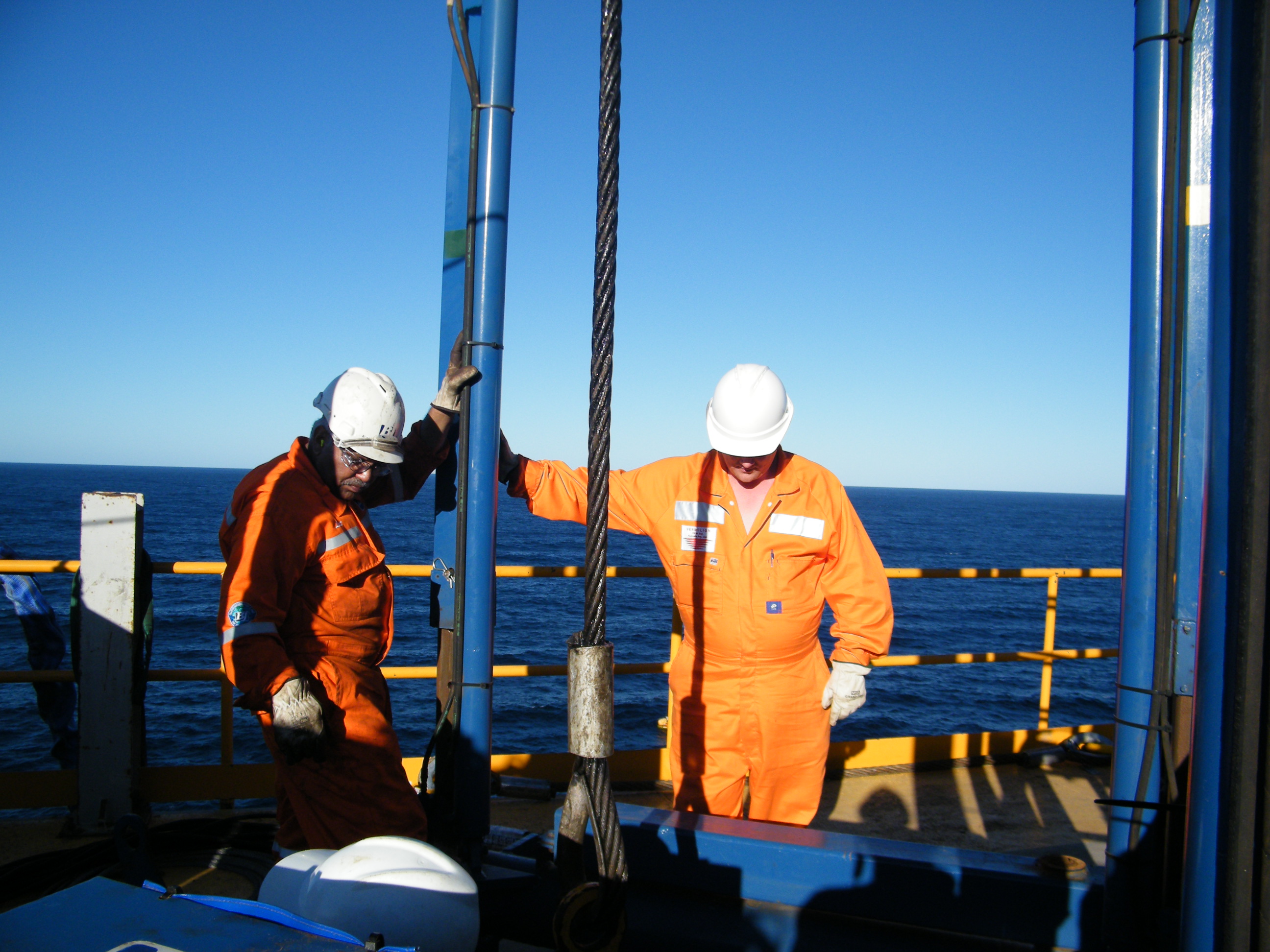
Coiled tubing is also truck or skid mounted for activities in various environments. A crane can be integrated with the unit or mobilized as a separate piece of equipment. Coiled tubing size is referred to as the diameter of the coil which can typically range from 1.25" - 3". Also related for chemical treatments or cleanouts of small diameters a mini-coil or capillary coil is used with diameter around 0.5". Slickline depends on gravity to deploy tools into a well while coiled tubing can be pushed in using gripper chains to push the coil into the well. This is particularly useful when the well trajectory is highly deviated or horizontal, or there is an obstruction in the well that may need to be pushed down. Coiled tubing can circulate fluid into place or around a wellbore. Nitrogen is also used with coiled tubing to unload liquid from a well allowing it to flow due to the reduced hydrostatic head. Slickline is able to mechanically dump fluids into a well without having to use a pumping system. Also, using slickline it is possible to pump-bail material from the bottom of a well, which is useful when the reservoir pressure is so low it is not possible to circulate this material back to surface.
A strong working relationship is key
With it's lightweight toolstrings and low overall string weight, it is much easier to "feel" the well architecture as the weight indicator is more sensitive. The requirement for the weight of the tool string in tension also leads to more accurate depth measurements, in general, than coiled tubing as coiled tubing may spiral when pushed into a well, sometimes providing inaccurate depth measurements. Coiled tubing can circulate, mill, drill, and perform heavier tasks than slickline. The ability to add modules of equipment onto a coiled tubing unit is useful and can include everything up to underbalanced drilling with coiled tubing.. Both slickline and coiled tubing are effective tools in performing well interventions. Selecting the right tool for the job is key and there are always alternate approaches to consider including impact on the open formation and potential follow-up actions. In either case, having a strong working relationship with a service provider is key to coming to an optimum outcome.
You may also like
Schlumberger oilfield glossary
Ballycatter Engineering site
The goal for 'Ballycatter Tech' is giving high value content and offering the best experience every day.


